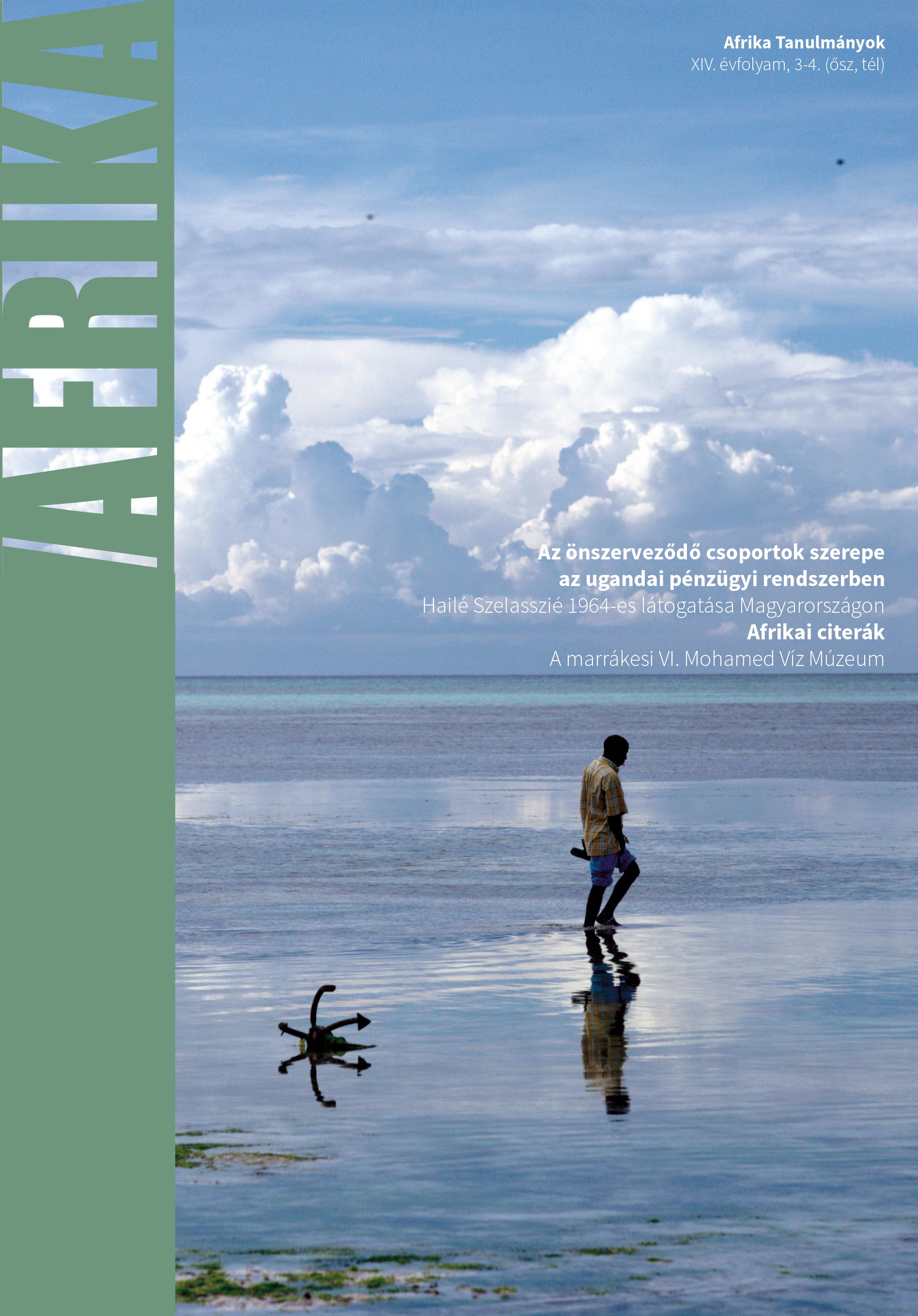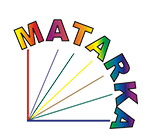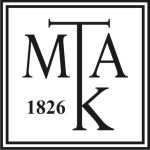Role of Self-Organizing Groups in the Ugandan Financial System
DOI:
https://doi.org/10.15170/AT.2020.14.3-4.1Keywords:
Microfinance, Uganda, Cooperative movement, Informal financial sectorAbstract
Groups organized on the basis of voluntary cooperation play a significant role in the financial systems of sub-Saharan African countries. Following the success of the cooperative movement and the Grameen model, self-organized microfinance organizations have spread across the continent. In our study, we examine the role of self-organizing groups through the Ugandan example. According to a survey by the Central Bank of Uganda, there were about 1,000 active savings and credit unions and more than 70,000 financial self-help groups in the country in 2018. Although savings and credit cooperative organizations are sometimes influenced by the politics, they still play a significant role in poverty reduction.
Downloads
Published
How to Cite
Issue
Section
License

This work is licensed under a Creative Commons Attribution-NonCommercial-NoDerivatives 4.0 International License.
















